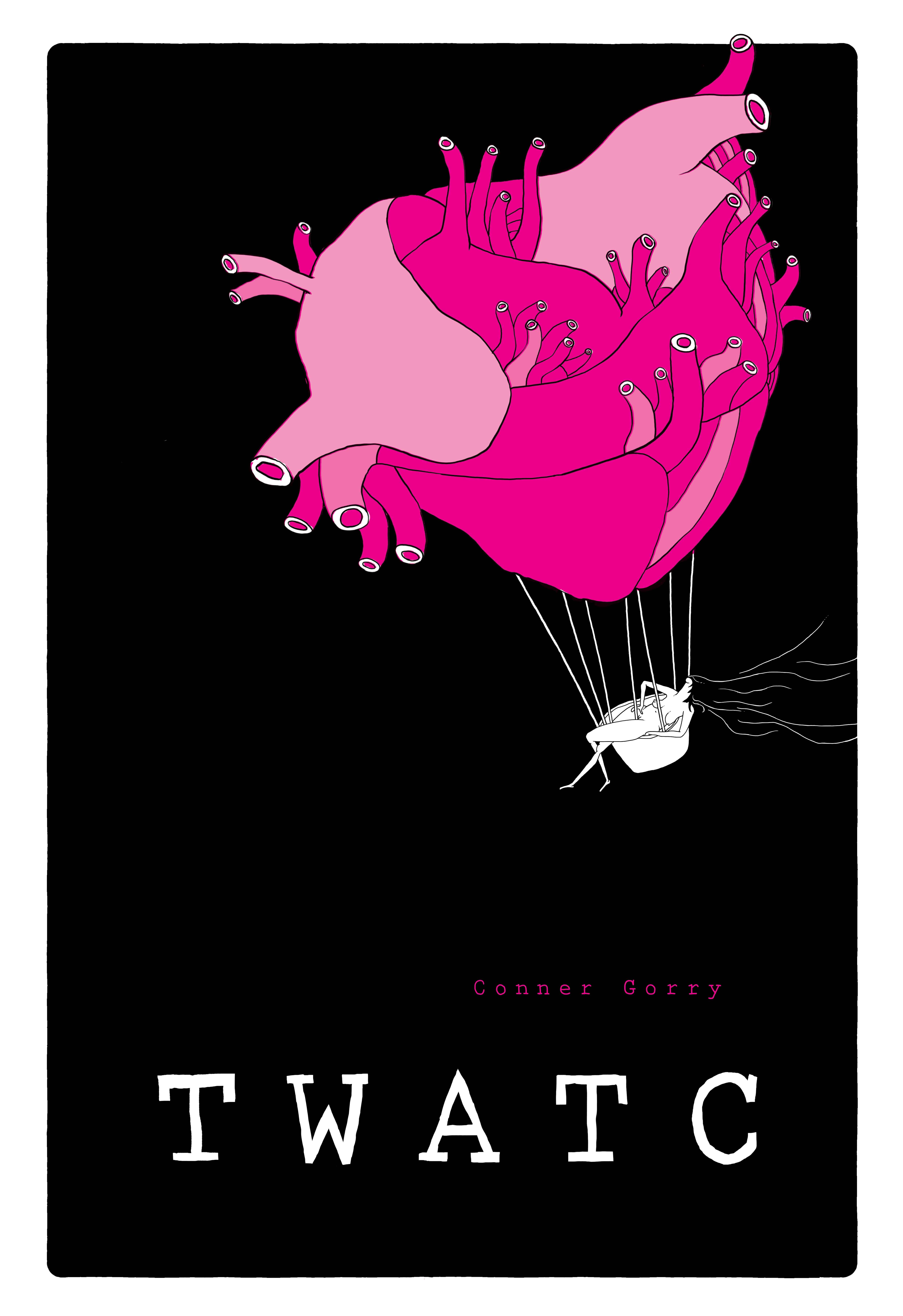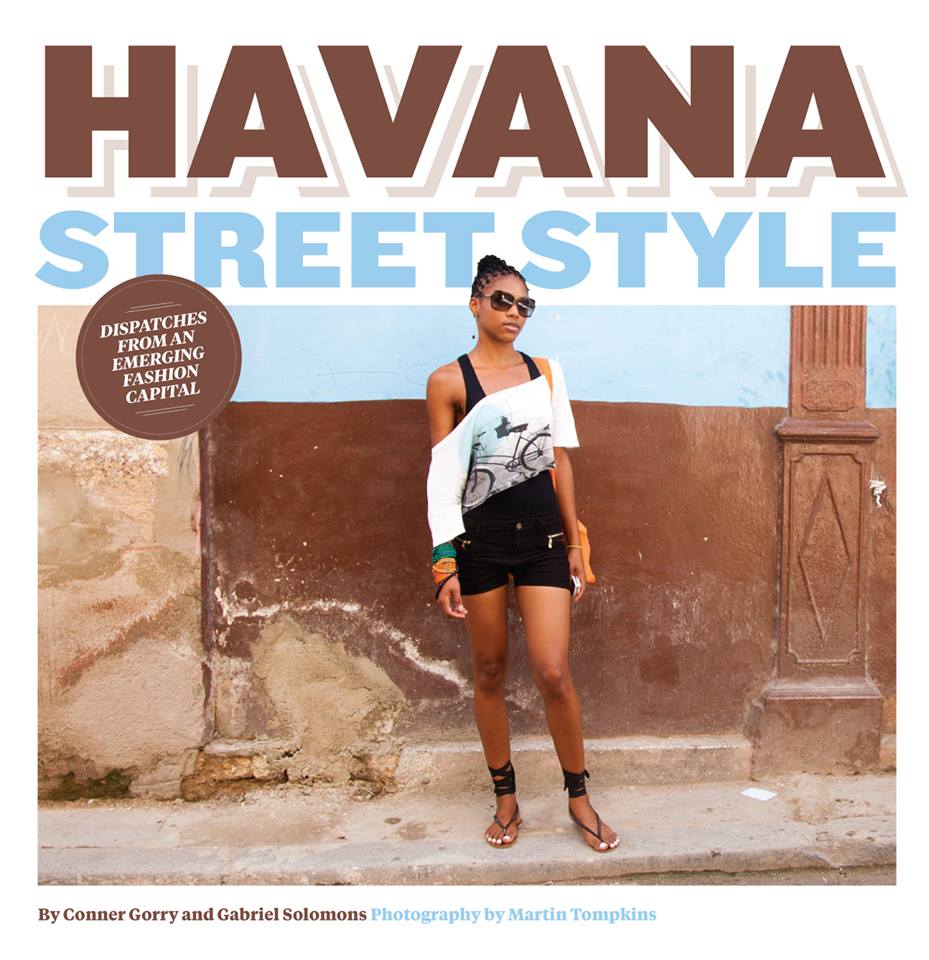Cubans like their dichos. For just about any hairball situation life coughs up, they’ve got a palliative or folksy saying.
As you may imagine, the general difficulties of modern existence are fertile fodder. To cite just a few:
Al mal tiempo, buena cara.
(When times are bad, put on a good face).
To the question ‘how ya doin’? or ‘what have you been up to?’, Cubans invariably answer:
En la luchita.
(Struggling a little/lot).
And then there’s the ubiquitous:
No es fácil.
(It’s not easy).
It’s not easy can apply to anything – caring for aging parents with Alzheimer’s; pending paperwork and attendant bureaucracy; the quality of bodega rice; even the weather.
These sayings and many more like them have become mantras of sorts. Short, pithy and to the point, they help people fortify themselves and cope with the aging/bureaucracy/vagaries life never tires of throwing our way.
Recently several friends confided that they invoke their own original mantras when faced with challenging situations. They make me smile (the mantras, not the challenging situations) – in mal timepo, when things are especially difícil, and when it feels like the luchita might triumph once and for all. They’re funny in their way, these mantras, but also weighty since they reveal the resilience and resolve with which Cubans confront obstacles. And I have a feeling such resilience, not to mention resolve, will become increasingly – urgently – important in times to come.
_____
If you follow Cuba news, you know that we’ve been under a wet, windy cold front for the past several days. It looks like it’s finally moving on and none too soon: over 100 buildings collapsed completely or in part in Havana due to these torrential, biblical rains, reminding me of 2005’s Hurricane Wilma. Rain like this is problematic here, not only because it sends buildings tumbling – it also floods homes, damages worldly goods and grinds transport, sectors of the economy and much of the bureaucracy to a halt.
But it’s not just the wet: the cold is a problem too since so few of us have hot water in our homes. To be blunt: showering in this weather without hot water is a bitch. Sure, we heat up pots on the stove, decant it into a bucket, mix it with some cold and scoop it over us as fast as possible. It’s workable, but in those few seconds between scoops, you freeze your butt off. Ocassionally, it’s not practical to heat water – there’s no time, no gas for the stove, whatever. End result? We take a lot of cold showers around here, even in winter, even during the chilliest fronts.
As I was talking to my friend Julio Pedro about this, he told me he has a ritual – a mantra, mejor dicho – which he invokes before stepping into a cold shower. Bracing himself, he repeats over and over again, before and during the cold blast:
Soy un macho de pinga. Soy un macho de pinga.
(I’m the fucking man. I am the fucking MAN).
If you knew JP, you’d laugh, like we did, imagining this wisp of a guy incanting his cold shower mantra.
_____
The mantra topic came up again as another friend and I were planning a night out recently. We were headed to one of Havana’s largest theaters to see one of the country’s hottest acts. Neither of us had tickets and it was doubtful we could procure affordable (see note 1) entry the day of the show. I told her we’d only need one ticket since over the past decade, my foreign press pass has gained me entrance into even the most over-sold events, from Pablo Milanes to the Royal Ballet. My friend, who works for Prensa Latina, said she would use her work badge, a yellow and curling card encased in foggy plastic that says ‘Prensa’ in red letters.
‘Isn’t is expired?’ I asked her.
‘Yeah,’ she said. ‘But it has yet to fail me.’
‘Nice.’ I said.
Then she confessed: ‘but every time I use it, I think is it going to work? So just in case, I invoke my mantra:’
Soy la reina de la Habana. Soy la reina de la Habana.
(I’m the queen of Havana).
I’m not sure if it was the badge, the mantra or her killer smile, but the queen and I got into the concert.
_____
At this point, you’re probably wondering about my mantras. I’ve got mine, of course. Like everyone else, I’ve had to develop and hone my resilience and coping mechanisms over the years here. One I’ve known for a long time, but really started invoking it during my month-long stint covering the Cuban medical/disaster relief team in Haiti after the earthquake. Now, whenever I’m faced with particularly trying circumstances beyond my control, I tell myself:
No coge lucha. No coge lucha.
(Pay it no mind/Don’t fight it).
I’ve added another mantra lately which helps me with the haters and naysayers who for time immemorial have tried to keep down the dreamers and lovers and doers:
Que lástima odias tu vida.
(What a pity you hate your life).
And a pity it surely is, but you know what? It’s not my problem so I’m not going to coger lucha.
Notes
1. Ticket scalping is a common and lucrative practice in Cuba’s double economy.










